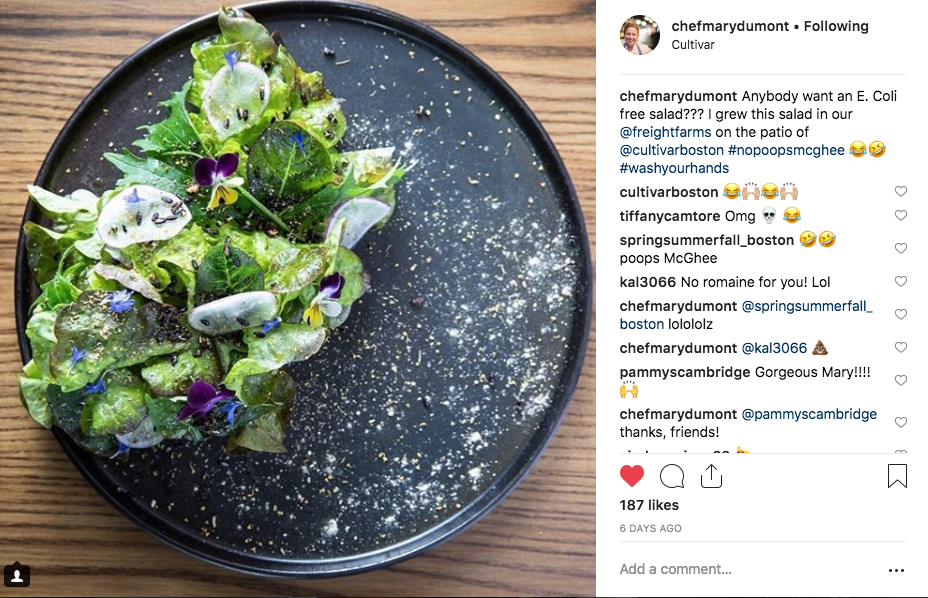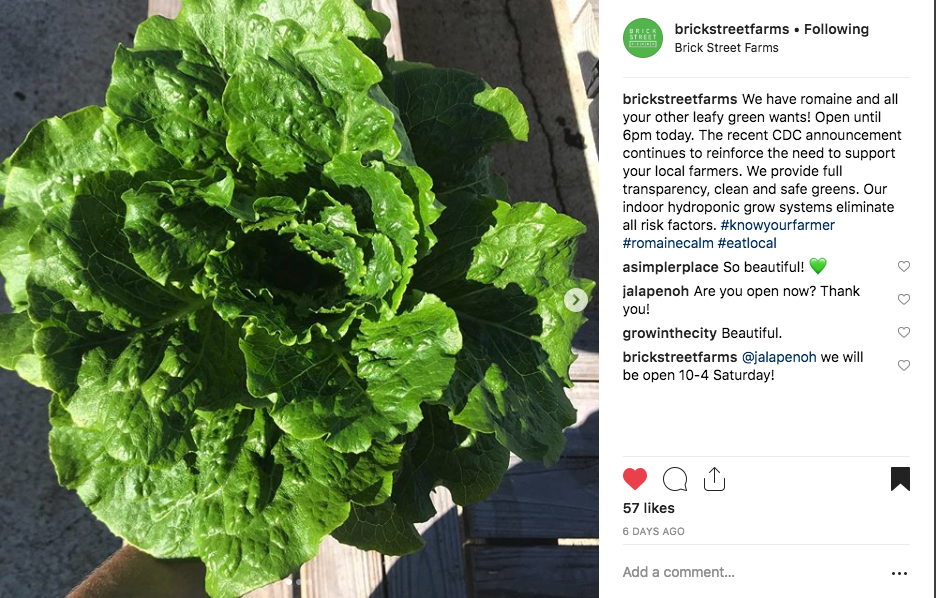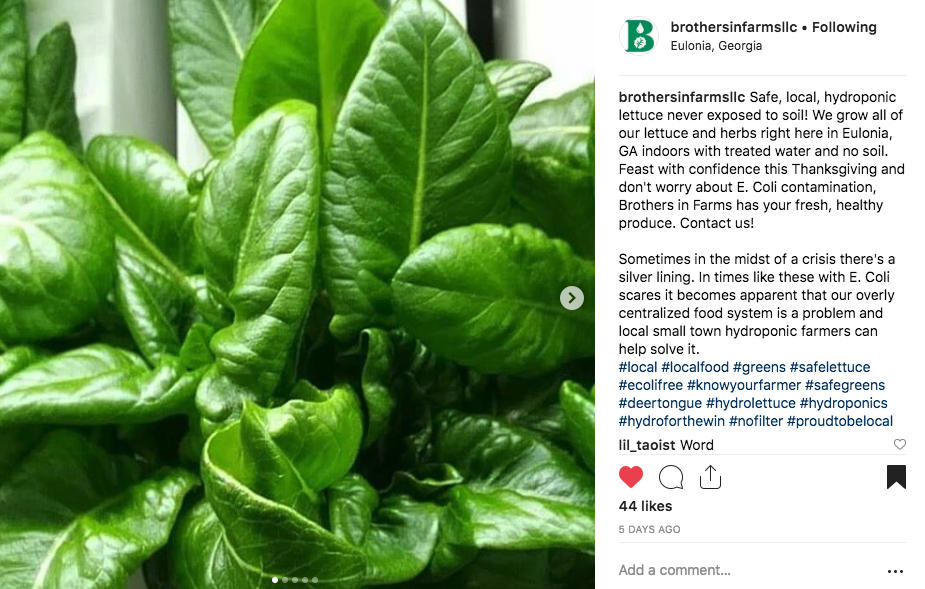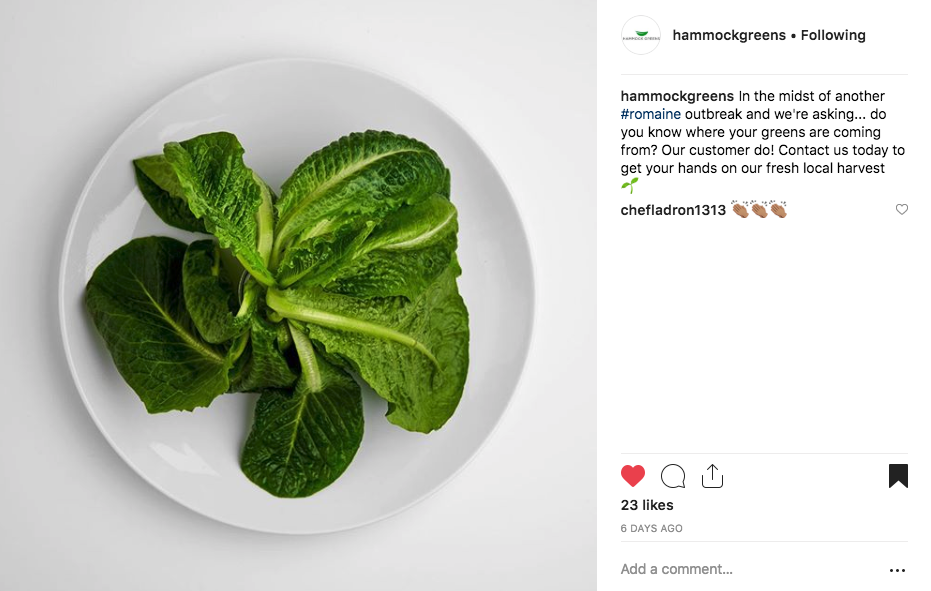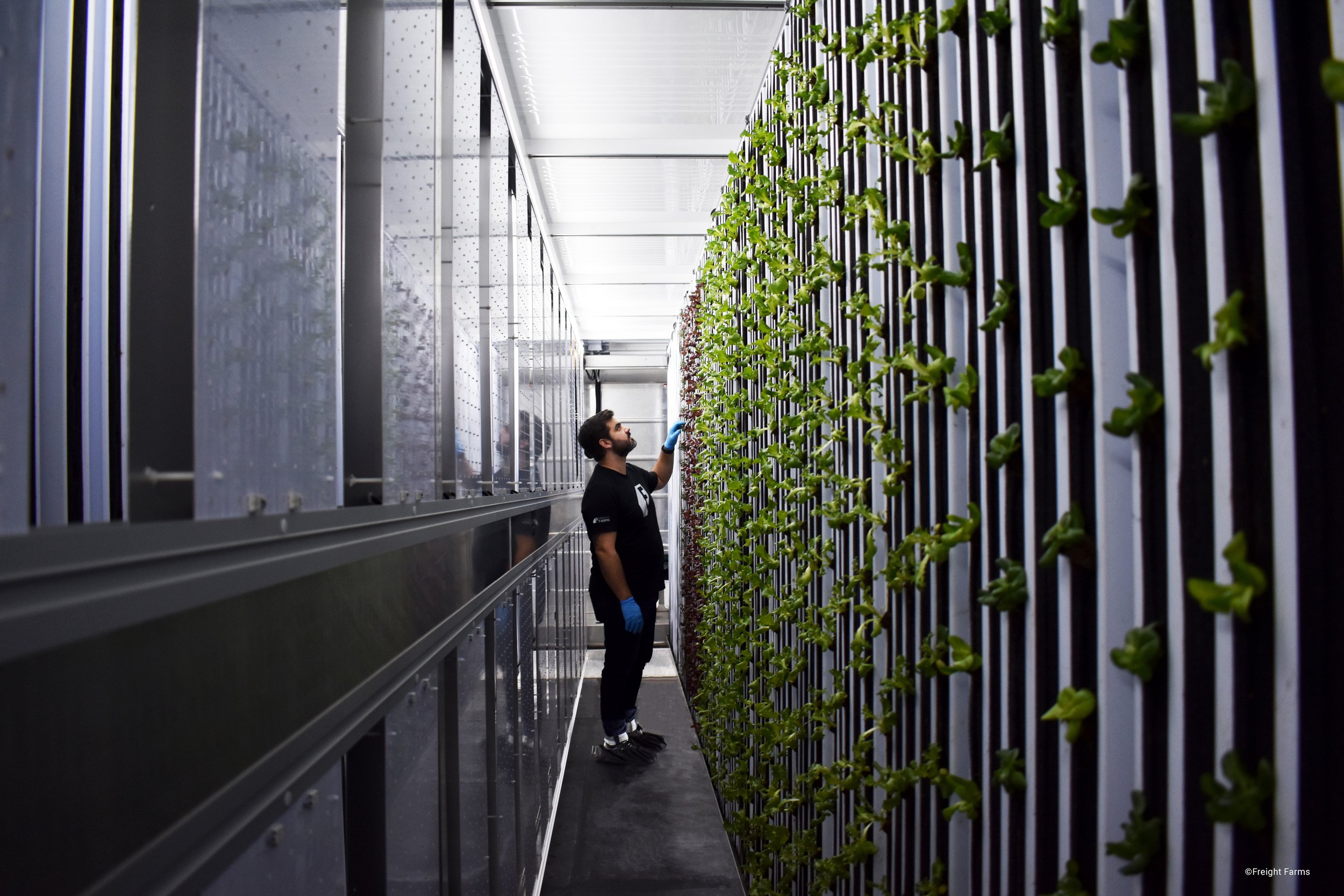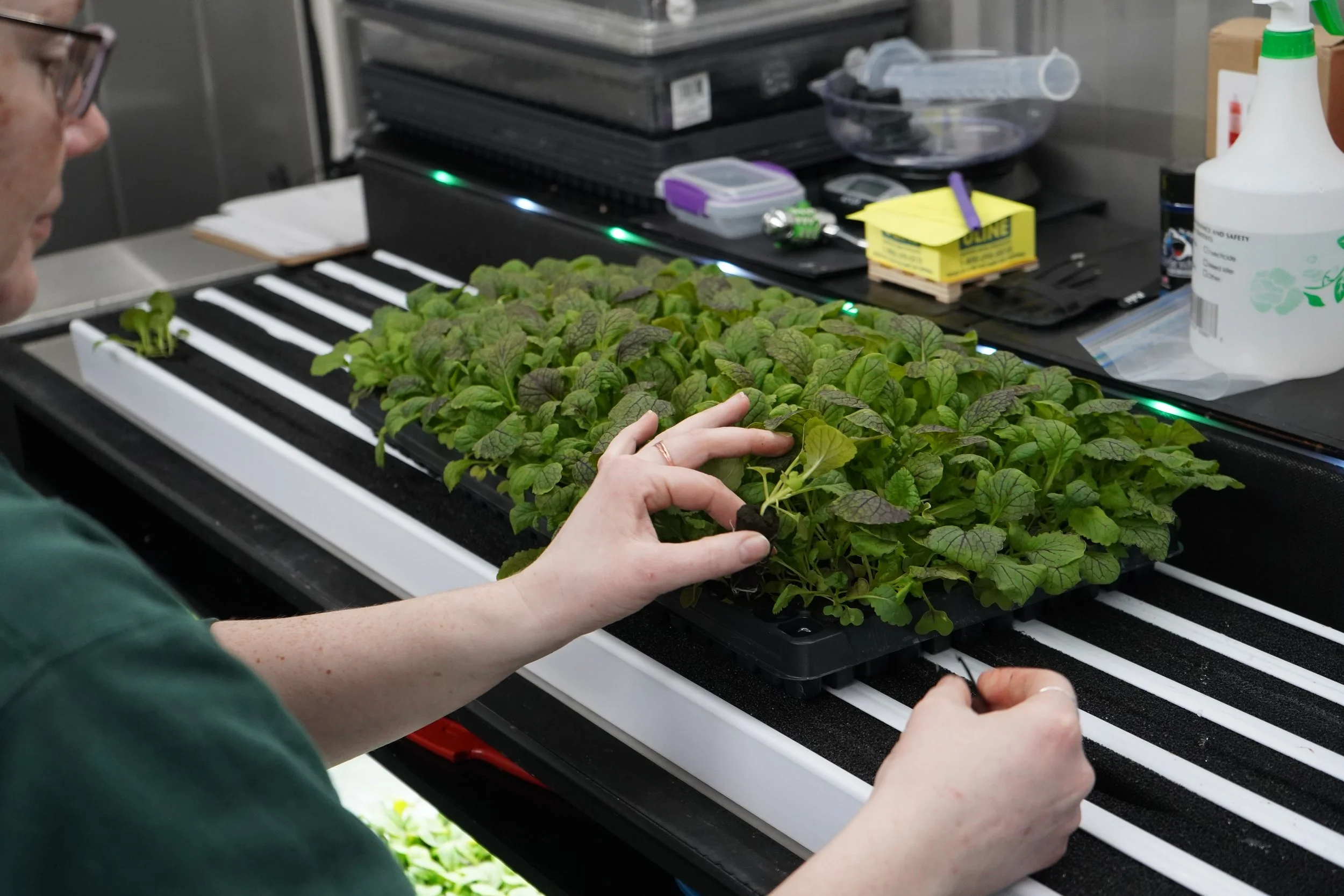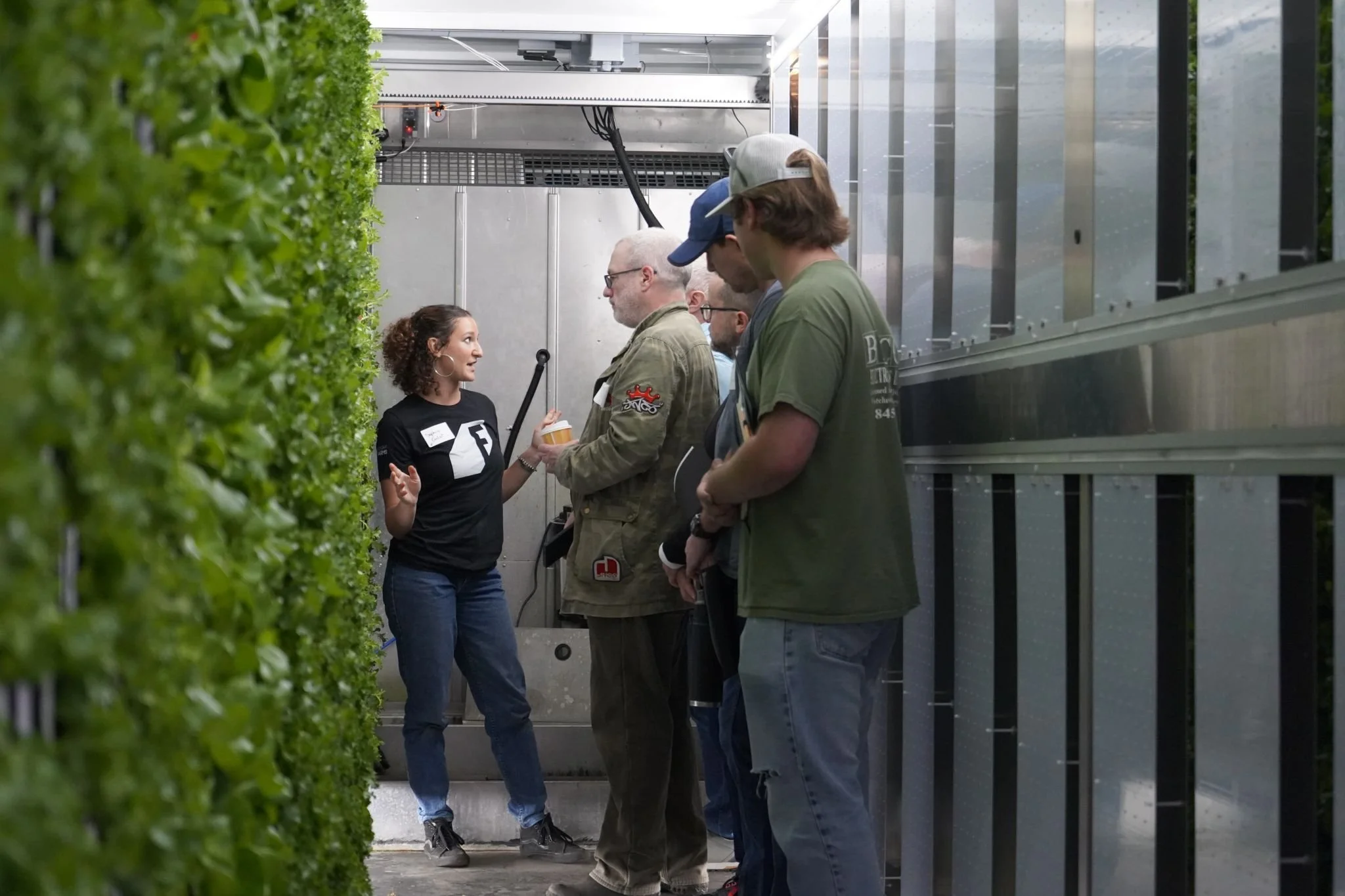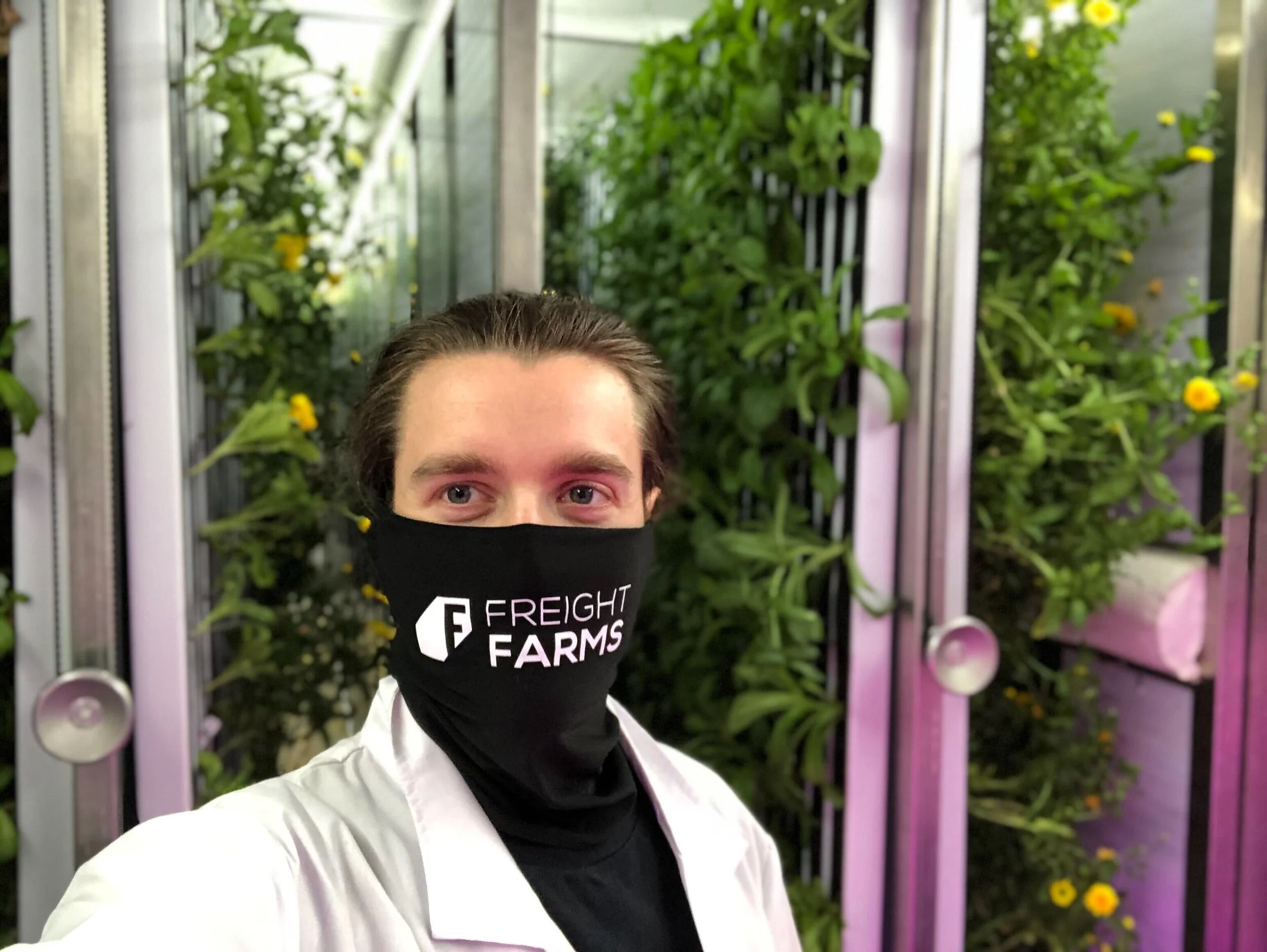E. coli strikes again
The world is scary enough without our lettuce trying to kill us.
On November 10th, the CDC issued a statement alerting us that E.coli has struck again, this time in a pre-packaged single-head romaine after several people became ill from eating E. coli contaminated lettuce.
This calls us back to the past two Novembers where salad mix and commercial romaine were mass-recalled surrounding the most popular eating holiday in the US: Thanksgiving.
You might remember, the shelves all looked like this:
Lucky for us, the food system is slowly changing (too slowly), so that when E.coli strikes some lucky consumers can turn to small-scale indoor farmers in their area for salad greens that are not only safe, but also very tasty.
We know E. coli is bad... but what, exactly, is it?
E. coli is a bacteria found in the intestines of humans and animals.
That’s right...it’s inside of us.
Before you freak out, most strains of the bacteria are completely harmless. Unfortunately, the bad one that makes you sick (E. coli 0157:H7) is the one that’s currently in our lettuce. Womp-womp.
E. coli makes its way into the outside world… through poop. If the poop makes contact with food, you’ve got an E. coli contamination. If the poop makes contact with a lot of food, it becomes a full-on outbreak.
This isn’t just gross, it's dangerous. E. coli 0157:H7 causes intestinal infections (read: diarrhea, abdominal pain, nausea, vomiting, fever, and fatigue). In severe cases it can cause bloody diarrhea (*silent scream*), dehydration, kidney failure… even death.
This is awful. How the heck did it get on our lettuce?
The best explanation we have is animal or human poop infected the soil or water source at a big romaine farm. The scary thing is, this is only an educated guess. Since people might not start getting sick until several weeks after harvest, it’s hard to go back and try to figure out what actually happened at Ground Zero (or even where Ground Zero is).
Feel like you’re having deja-vu?
That’s because this happened literally the past two years! In 2018 we had three E. coli outbreaks in romaine alone, the worst of which was in the spring: There were reported outbreaks in 36 states with 210 infected, 96 hospitalized and 5 dead. Only months later, another outbreak struck 12 states with 43 infected and 19 hospitalized just after Thanksgiving. Since then, romaine-related Ecoli has been popping up all over the place. The most frustrating part is that it usually takes the CDC months to investigate, meaning we don’t even hear about these outbreaks until well after the dangerous food is long-forgotten.
By now you’re probably thinking…
Before you denounce all salad, forever, we may have a solution.
The problem is with the system as a whole.
The reason that E. coli outbreaks are so widespread is because we source 95 percent of our leafy greens from a few farms in California and Arizona. Those greens (romaine included), get harvested and amassed at big distribution points before making their way cross-country to stores and restaurants. This means zero transparency into where the E. coli originated, making it difficult to eradicate. Not to mention, a lack of regulations prevents any actual accountability. The result? We keep eating the nasty stuff, and more people get sick.
One solution is surprisingly simple… decentralization.
This problem wouldn’t exist if we moved away from a centralized food system to a distributed one with small indoor farms. Here's why:
(1) Small, indoor farms create total environmental control with all types of fancy filters and regular water tests. Plus, this prevents exposure to two common sources of E. coli: contaminated soil and animal waste.
(2) Decentralization = transparency. Lettuce from small farmers isn’t changing hands, like, a million times. In the event of an outbreak, we can easily trace it back to its source to confirm that it’s safe to eat. With a shorter supply chain, this process take days, not months.
(3) While chances of contamination in a small indoor farm are much, much, much smaller… it is theoretically possible. Distributed production means, even if you do have one contaminated small farm, the exposure is contained, so it’s still safe to eat lettuces from other local farms.
These are all things we know a lot of our farmers' customers appreciate about the Greenery S. Throughout this whole ordeal, they've had access to safe greens in their neighborhoods.
It’s always rattling to see how fragile our food system can be, and we hope this whole hoopla motivates policymakers, wholesalers, and shoppers to think more about how we source our food.



